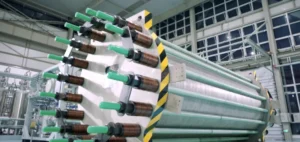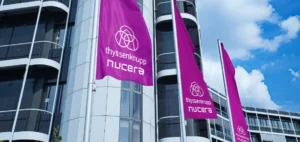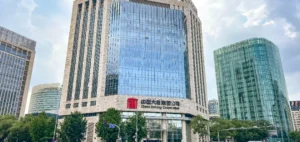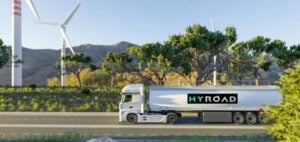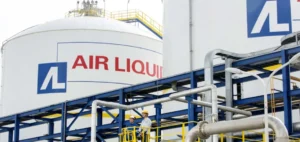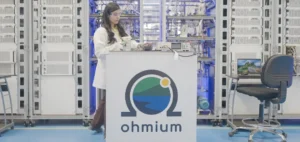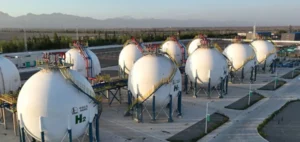Barataria is the second renewable hydrogen production project of the independent European company pHYnix. Construction of the project is expected to begin within a year in Spain next to the Vitale plant.
A pioneering project
Barataria will combine its power with the first commercial-scale renewable hydrogen production project in Spain. The construction of this first project, Vitale, started in November for a power of 10MW. Barataria will have a power of 70MW, these two plants will produce 12,000 tons of hydrogen per year.
Barataria will be built within a year and will increase Vitale’s capacity sevenfold by 2025. Clean fuel will supply local industry or commercial and non-commercial transportation in the community of Madrid. In addition, pHYnix has succeeded in offering its hydrogen at a competitive price for the entire European market.
A local presence
The main reason this project is supplying the European market with energy is because it offers the promise of a smaller carbon footprint. The production of Vitale and Barataria should avoid the emission of 144,000 tons of CO2 per year thanks to renewable hydrogen. In other words, this is equivalent to the capture of 4500 hectares of forest.
Jean-Pierre Riche, President of pHYnix, states:
“It is exciting to reach milestones, like today’s, so that Vitale and Barataria, with their nearly 12,000 tons of combined annual production, will very quickly enable decarbonization of local industry, heavy transport and mobility, as well as the export of renewable gas to the European market through injection into the gas grid.”
The Barataria hydrogen project is, finally, a real opportunity for the dynamism of the country’s economy. Local companies will perform subcontracting services to run Barataria.








